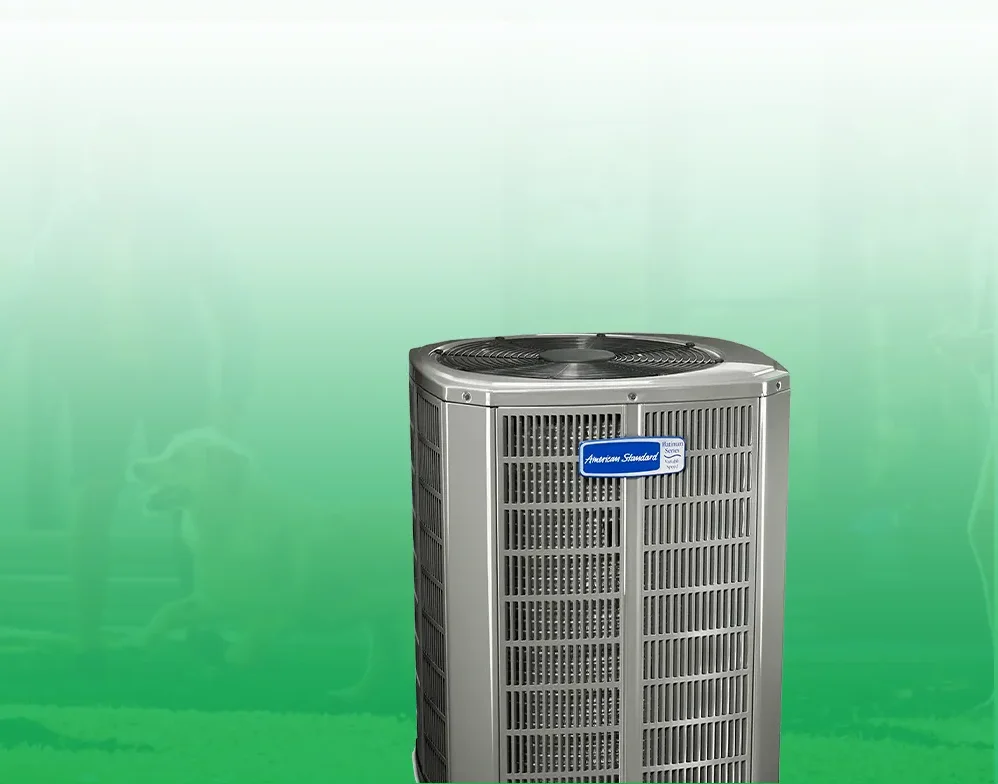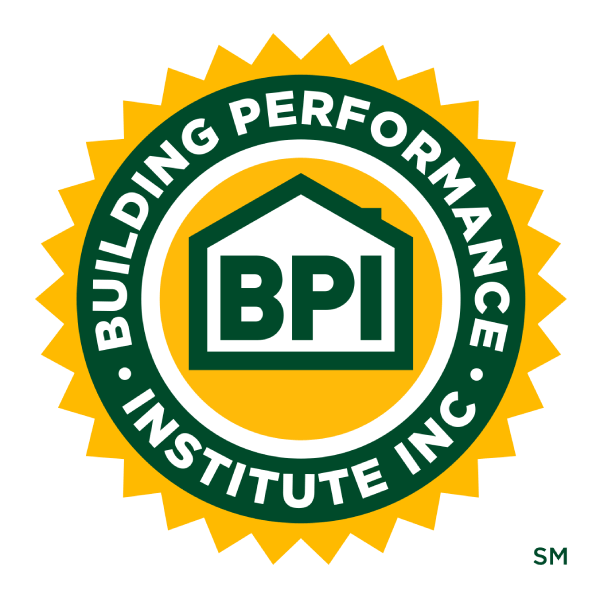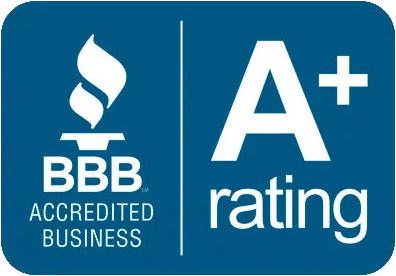At Horne HVAC Charlotte, we recognize the critical importance of every component within an HVAC system, including the often-overlooked drain line. This part is essential to preserving a healthy interior atmosphere, preventing water damage, and guaranteeing the effective operation of your HVAC system.
The Function of Drain Lines in HVAC Systems
Drain lines, also known as condensate drain lines, are designed to remove the condensation that accumulates in the HVAC system during the cooling process. Here are the primary functions of drain lines:
- Condensate Removal: As warm air passes over the evaporator coils in your air conditioning system, moisture in the air condenses on the coils, forming water droplets. The drain line collects and directs this condensate away from the system, preventing water buildup and potential damage.
- Preventing Water Damage: By efficiently removing condensate, drain lines help prevent water overflow, which can lead to water damage in your home or business. This is particularly important in areas where the HVAC unit is indoors, such as attics or basements.
- Maintaining Indoor Air Quality: An atmosphere that is too wet for mold and mildew to develop in can be created. In order to maintain reduced humidity levels, enhance indoor air quality, and lessen the chance of mold-related health problems, properly operating drain lines are essential.
Location of Drain Lines in HVAC Systems
Drain lines are strategically placed within the HVAC system to manage condensate effectively. The primary locations include:
- Near the Evaporator Coils: The evaporator coils are located within the indoor air conditioning system unit. As the coils cool the air, condensation is collected in a drip pan or tray. The drain line is connected to this pan, allowing the water to flow out and away from the HVAC system.
- Connected to the Condensate Pump: A condensate pump is used in some HVAC systems, particularly those where gravity drainage is not possible. The pump collects the water from the drip pan and pumps it through the drain line to an appropriate drainage location.
- Exiting the Building: The end of the drain line is typically routed to the outside of the building or a floor drain, ensuring that the collected condensate is safely discharged away from the HVAC system and living spaces.



















